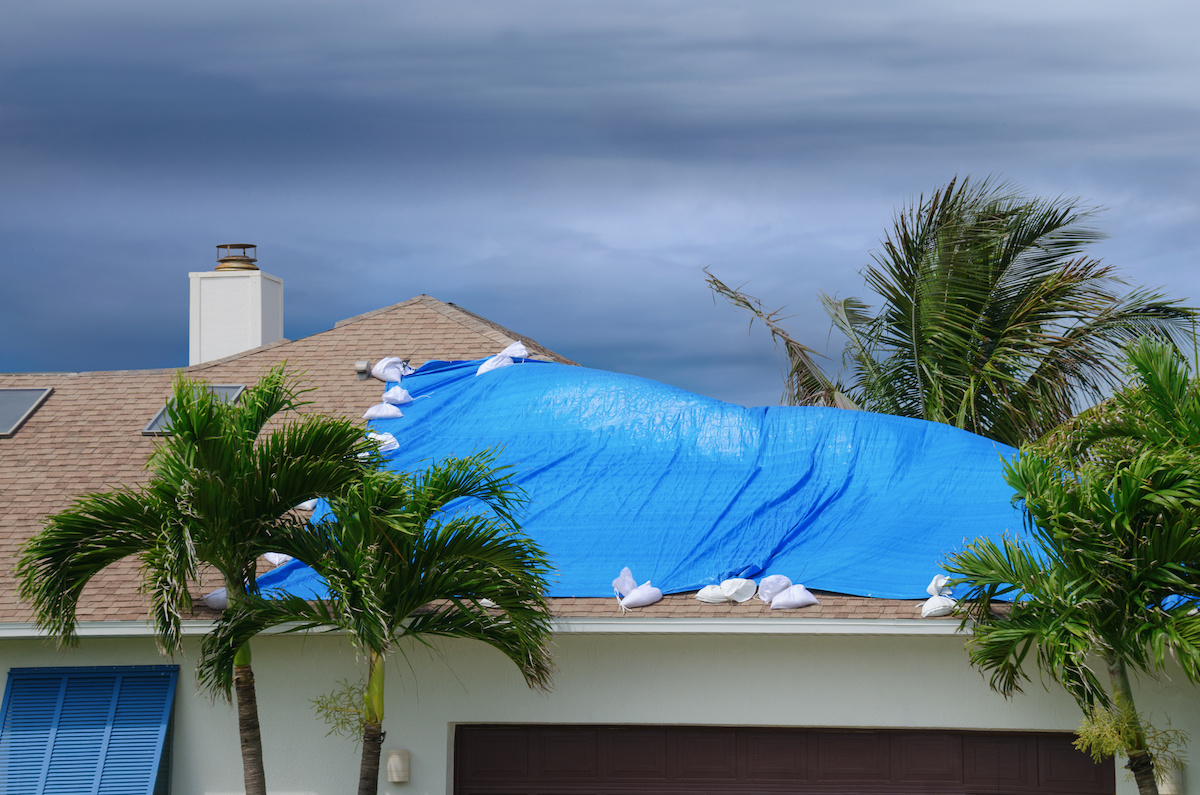Impacts of Hurricane Beryl on Grenada’s Infrastructure: Grenada Hurricane Beryl

Grenada hurricane beryl – Hurricane Beryl made landfall in Grenada on July 18, 2023, bringing with it strong winds and heavy rains. The storm caused widespread damage to the island’s infrastructure, including roads, bridges, and buildings.
Roads and Bridges
The hurricane’s strong winds caused significant damage to Grenada’s roads and bridges. Many roads were blocked by fallen trees and debris, making it difficult for emergency responders to reach affected areas. Several bridges were also damaged or destroyed, cutting off access to some communities.
The winds of Hurricane Beryl battered Grenada with unrelenting fury, leaving behind a trail of devastation. Amidst the chaos, a glimmer of amusement emerged from the most unexpected source: the world ugliest dog contest. As the storm raged, people sought solace in the comical sight of canines flaunting their unconventional beauty.
The juxtaposition of nature’s wrath with such an amusing spectacle served as a reminder that even in the darkest of times, laughter can provide a ray of hope, just like the resilience of the people of Grenada.
Buildings
Hurricane Beryl also caused extensive damage to buildings in Grenada. Many homes and businesses were damaged or destroyed, leaving thousands of people homeless. The storm also damaged several government buildings, including schools and hospitals.
In the wake of Hurricane Beryl’s devastating impact on Grenada, the world’s attention turned to the remarkable achievements of Shohei Ohtani , the Japanese baseball sensation who has captivated fans with his extraordinary skills. Just as Beryl’s relentless winds tested the resilience of the Caribbean island, Ohtani’s unparalleled athleticism and determination have proven equally formidable on the baseball diamond, inspiring hope and admiration amidst the challenges.
Economic Impact
The damage to Grenada’s infrastructure has had a significant economic impact on the island. The cost of repairing and rebuilding the damaged infrastructure is estimated to be in the millions of dollars. The storm has also disrupted businesses and caused job losses.
Government Response
The government of Grenada has responded to the hurricane by providing emergency assistance to those affected by the storm. The government has also begun the process of repairing and rebuilding the damaged infrastructure. However, the recovery process is expected to take several months or even years.
Human Toll and Community Resilience in Grenada

Hurricane Beryl’s impact on Grenada was devastating, leaving a trail of human suffering and community disruption. This section examines the human toll and the remarkable resilience demonstrated by the people of Grenada in the face of adversity.
Casualties and Injuries
- Hurricane Beryl resulted in a tragic loss of life, with 9 fatalities confirmed.
- The storm also caused numerous injuries, with over 50 individuals requiring medical attention for wounds, fractures, and other trauma.
Displacement and Homelessness
The widespread destruction caused by Beryl displaced thousands of Grenadians from their homes. Many sought refuge in temporary shelters, community centers, or with family and friends.
Role of Community Organizations and Volunteers
In the aftermath of the hurricane, community organizations and volunteers played a vital role in providing aid and support to those affected. They distributed food, water, clothing, and other essential supplies, while also offering emotional support and a sense of community.
Long-Term Psychological and Social Impacts
Natural disasters like Hurricane Beryl can have profound long-term psychological and social impacts on the population. Individuals may experience trauma, anxiety, depression, and other mental health issues. Social cohesion and community dynamics can also be affected, requiring sustained efforts to rebuild trust and foster resilience.
Environmental Impact of Hurricane Beryl on Grenada

Hurricane Beryl, a powerful Category 4 storm, unleashed its wrath upon the Caribbean island of Grenada in 2018, leaving behind a trail of environmental destruction. The storm’s torrential rains and relentless winds wreaked havoc on the island’s coastal ecosystems, vegetation, and wildlife.
Impact on Coastal Ecosystems
Hurricane Beryl’s storm surge battered Grenada’s coastline, damaging coral reefs and mangrove forests. These ecosystems provide vital habitat for marine life, protect against erosion, and serve as a buffer against storm surges. The storm’s powerful waves and strong currents uprooted and destroyed coral colonies, disrupting the delicate balance of the reef ecosystem.
Mangrove forests, which act as natural barriers against coastal erosion, were also severely impacted. The storm’s high winds and flooding uprooted and washed away mangrove trees, leaving the coastline vulnerable to further erosion and damage from future storms.
Effects on Vegetation and Wildlife, Grenada hurricane beryl
Inland, Hurricane Beryl’s heavy rainfall and strong winds caused widespread flooding and landslides, damaging vegetation and wildlife habitats. The storm’s intense winds snapped trees, uprooted vegetation, and destroyed crops. The flooding washed away topsoil, nutrients, and organic matter, leaving the land barren and vulnerable to erosion.
Wildlife was also affected by the storm. Many animals were displaced from their habitats, while others were injured or killed by the storm’s impact. Birds and bats were particularly vulnerable, as their nesting and roosting sites were destroyed by the storm’s winds and flooding.
Government’s Response
The Grenadian government recognized the importance of mitigating environmental damage and promoting sustainable recovery after Hurricane Beryl. The government implemented several measures to address the environmental impacts of the storm, including:
- Reforestation and revegetation efforts to restore damaged vegetation and wildlife habitats
- Coral reef restoration projects to rehabilitate damaged reefs and support marine life
- Coastal erosion control measures to protect the coastline from further damage
- Educational campaigns to raise awareness about the importance of environmental protection and sustainable practices
These efforts aimed to minimize the long-term environmental impacts of Hurricane Beryl and promote the sustainable recovery of Grenada’s natural ecosystems.